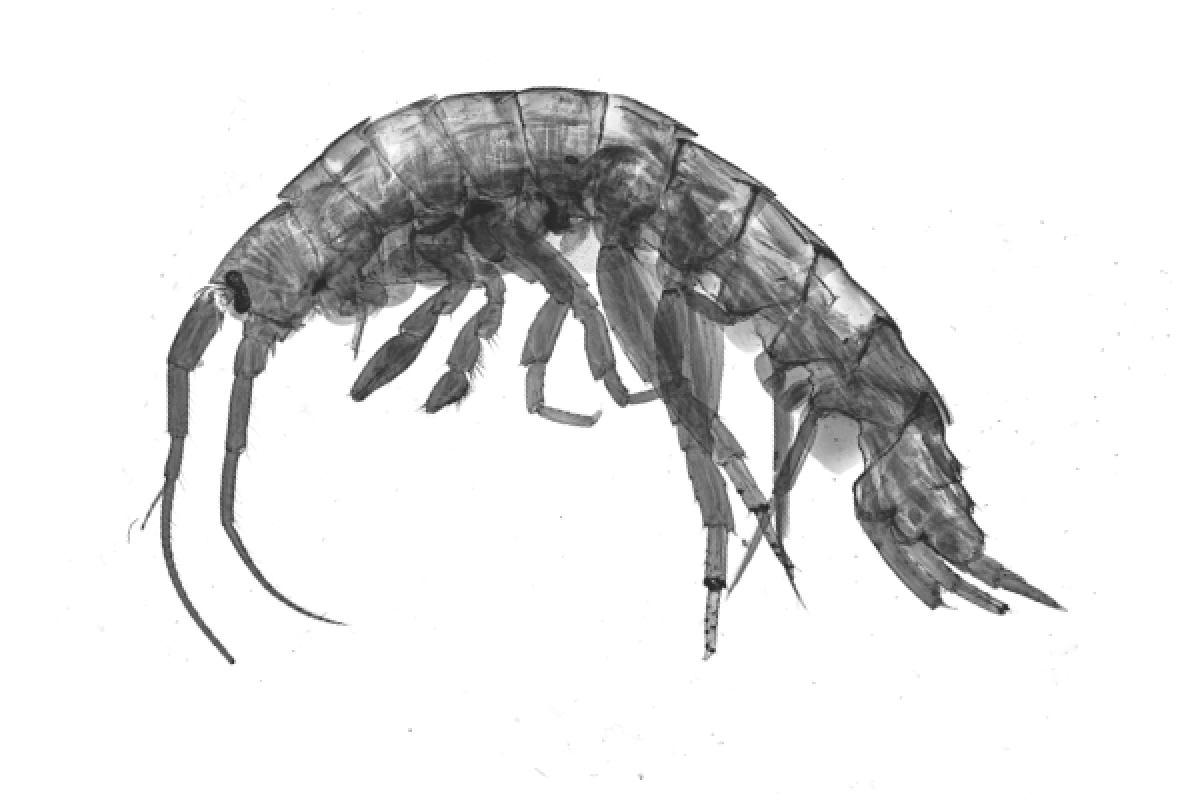Cryptic species coexistence

Drivers of cryptic species coexistence in stream ecosystems – a case study using gammarid amphipods from Sicily
Funded by the Deutsche Forschungsgesellschaft (DFG)
Duration: May 2019 to November 2021 (collaboration with Prof. Dr. Florian Leese, Aquatic Ecosystem Research Group)
The use of DNA-based methods has shown that species diversity has been greatly underestimated due to the presence of cryptic species. Since cryptic species are phylogenetically very similar, it is often assumed that they resemble "ecological clones" and cannot coexist. Interestingly, however, in some studies coexisting cryptic species have been found. An example are six cryptic amphipod lineages (Echinogammarus sicilianus species complex) found in a river system in Sicily. In our project we investigate whether the coexistence of these lines is stable and how it is maintained. The spatial and temporal distribution of these lineages will be considered in relation to factors (microhabitat, food, parasites, water parameters...) that might explain this distribution.
Since morphologically indistinguishable, the actual number, distribution and ecological characteristics of cryptic species remain largely unknown. Previous data has shown that cryptic species typically do not coexist but live in different regions or otherwise rarely occur syntopically. This is in line with expectations, since coexistence is usually made possible by niche differences between different species. Since cryptic species are phylogenetically very similar, it is often assumed that they resemble "ecological clones" and cannot coexist due to the competition exclusion principle. Interestingly, however, in some studies coexisting cryptic species have been found.
An example are six cryptic amphipod lineages (Echinogammarus sicilianus species complex) found in a river system in Sicily. This finding is unexpected and raises the question whether coexistence is stable or unstable and how it is maintained. There are several theories on how to enable stable coexistence of species: i) resource sharing, ii) spatial or temporal avoidance strategies, or iii) density dependent biotic mechanisms such as apostatic selection. In our project we will use the particular example of the coexistence of cryptic amphipod lineages in Sicily to investigate how these lineages are distributed in space and time. To answer this question, we will investigate all available microhabitats in the river basin within one year and use DNA-based methods for identification.
Subsequently, we will study the gastrointestinal content and microbiome of the different lineages per site and microhabitat using DNA metabarcoding to analyze whether there is a nutritional specialization. The data on trophic specialization will be validated by isotope analysis. In a final step, the prevalence and diversity of different parasites (microsporidians and acanthocephalans) in each cryptic lineage will be investigated. We will test whether prevalence and host specificity change over time to test density dependent control of cryptic species by parasites.
Together with land use data, all different data will then be evaluated to test competing hypotheses on the effects of abiotic and biotic factors on species occurrence and coexistence and to derive whether the coexistence of cryptic species is stable or unstable. The results of this study can serve as an example of how different methodological and conceptual approaches in biology can be combined to analyse and understand the drivers of coexistence of cryptic species in freshwater habitats.
Contact: Prof. Bernd Sures, Dr. Daniel Grabner

